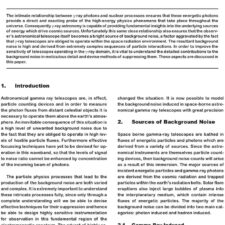Exploring The Solar System With Multiple-Launched Gravity-Propelled Miniaturised Spacecraft
£5.00
M. A. Minovitch. (1991), JBIS, 44, pp.589-597
Refcode: 1991.44.589
Abstract:
The technical innovation of gravity-propelled interplanetary space travel (also known as “gravity-assisted” trajectories) was important because it opened the entire Solar System to exploration using relatively small launch vehicles with conventional chemical upper stages [1]. Moreover, it enabled one instrumented spacecraft to explore many planets in a single mission, essentially without using any rocket propulsion after the initial injection from Earth. The Mariner IO Eartl1-Venus-Mercury, the Pioneer 10 and 11, the Voyager 1 and 2, the low launch energy Galileo mission to Jupiter, and the Ulysses mission to the Sun out-of-the-ecliptic plane were made possible by this innovation. These missions clearly demonstrate the economics of utilising the concept. of gravity propulsion to achieve multiplanetary exploration with a single spacecraft launched by a single launch vehicle. But there are some limitations. For example, due to the relative positions of Neptune and Pluto, it was not possible to redirect Voyager 2 to Pluto after the Neptune encounter via gravity propulsion. Thus, NASA is planning a special mission to that planet.





